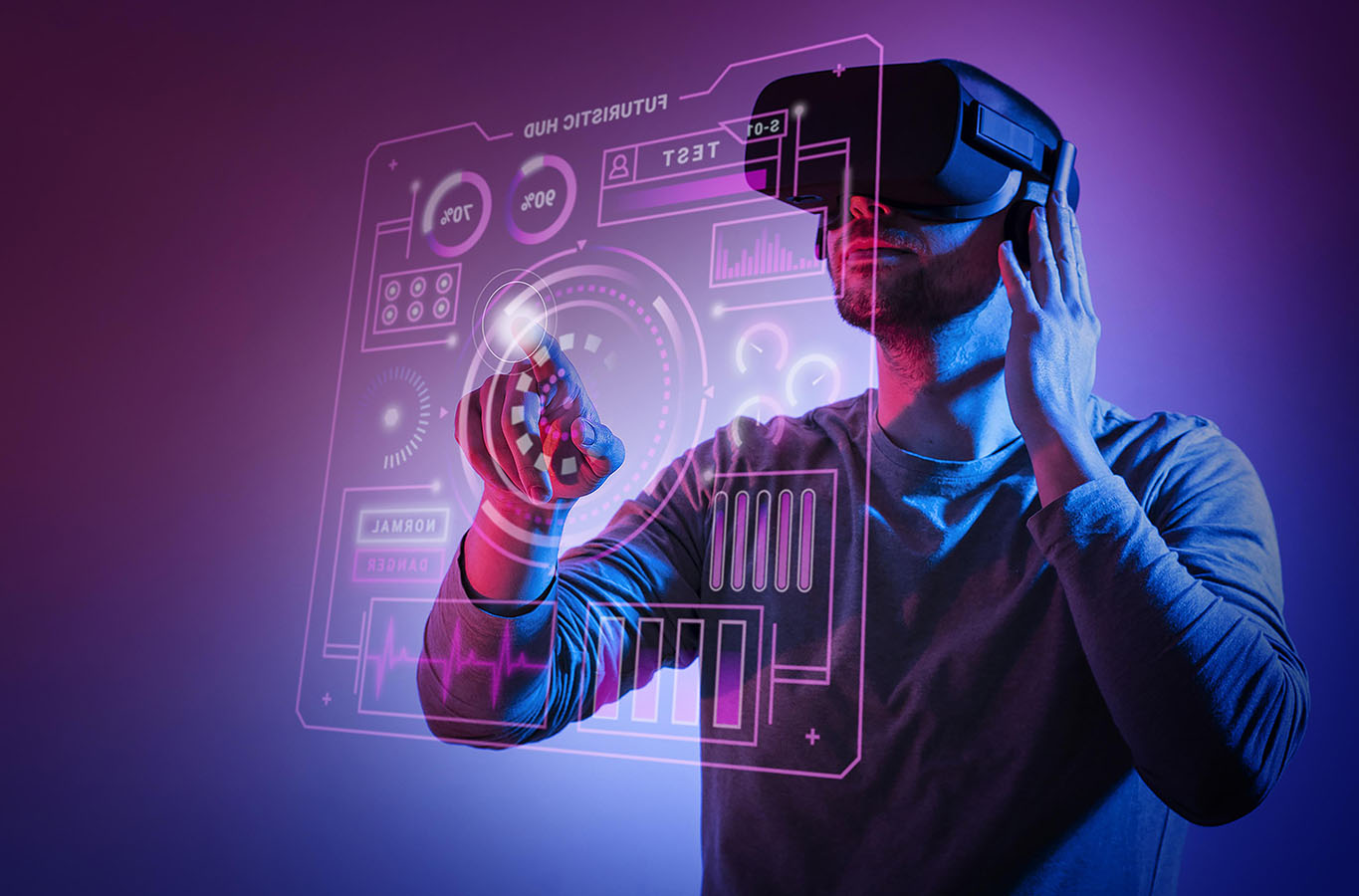
- Posted by : Cormac Kelly
- Website
What Is Virtual Reality (VR) and how does it work ?
Virtual reality (VR) provides a computer-generated 3D environment that surrounds a user and responds to that individual’s actions in a natural way, usually through immersive head-mounted displays and head tracking. Gloves providing hand tracking and haptic (touch sensitive) feedback may be used as well. Room-based systems provide a 3D experience for multiple participants; however, they are more limited in their interaction capabilities.
— Gartner
VR market research firm TrendForce, shows that the virtual reality hardware and software market will reach as much as $70 billion by 2020. Contrast this with the figure of $6.7 billion which is what the market was supposed to hit in 2016. So one can see the massive growth expected within the next 3 years alone.
What about Corporate Development & Training..How will this sector evolve using VR & Immersive Learning ?
So what will the new Virtual Reality landscape of hardware and software applications look like for the corporate development & training market.?
Picture, if you will, the following scenario, it involves a new employee and their first day at their new company. Let’s imagine they are a new junior designer as part of the new development team the company has put together for a new project.
This new employee joins the company with a group of other new hires and on their first day, rather than sit and listen to their ‘induction lecture’ or ‘welcome on-board’ speeches, the HR manager welcomes them and then offers them a VR headset which plugs into a system either wired, or more likely in the future, wirelessly. They’re immersive learning journey has begun.
The new employees get to see the history and future vision of the company via an interactive video, they get to understand the corporate ethos, while also getting to see the product or service range through the eyes of the end customer. All via the predefined and carefully developed 360 VR software.
Better still this new employee now understands that this is the way all future employee training and mentoring will happen with this company, and will, undoubtedly be eager to see what else lies in store on their learning journey with the new employer. This scenario could easily have been a new sales training program for the executive sales team, who when they pop on their VR goggles and plug into a VR system, they can interact with either each other or pre-programmed avatars who can role play sales scenarios and optimal deal closing strategies with them.
The Applications Are Endless:
The scenarios and possible applications are endless for corporate training. Even scheduled guest speakers or success coaches in the coming years will engage with employees via virtual teleconferencing and cloud-based platforms which can create greater engagement and flexibility.
Participants need no longer be in the same room or office to collaborate, learn or engage with a speaker, trainer or coach. Virtual Reality offers participants, speakers and trainers, the ability to be anywhere in the world, and still be ‘as nearly’ present through the shared VR environment as if they were in the room.
So what about ‘Immersive Learning’ and how does it work with VR?
Immersive Learning involves the implementation of simulated and controlled learning environments and situations with the aid of Virtual Reality viewing capabilities, such as VR Goggles, Gloves, Multiple Projectors and a range of Sensors.
Immersive Learning uses a technology that optimizes how our brains learns. It won’t replace existing methodologies but it will enrich learners experience and increase efficiency of trainings, memory retention and overall comprehension.
A great article on “Immersive learning in the corporate training sector is from French company Uptale, entitled “Why Immersive Learning is the next big thing in corporate training” Also well worth a look at, is their very intuitive Infographic on the subject.

In Conclusion: What’s In it for HR & Learning Managers ?
The reason why corporate HR & learning managers will ultimately adopt VR solutions integrated into Immersive Learning offerings is because they will improve learning and enhance leadership skill development . Evidence suggests that VR-aided education and immersive learning increases attention by 92% and general testing scores by 35%.
This translates into a higher quality learning experience for employees, a higher attraction rate for new hires, and better employee retention rates as a result of tangible professional development progress within the corporate entity.

